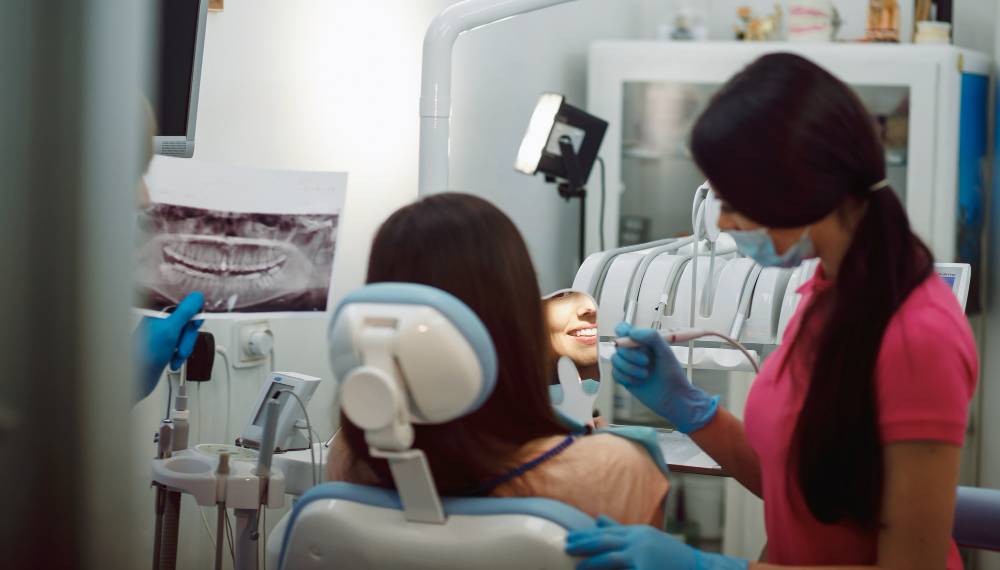Surgical Treatments
Surgical treatments in dentistry involve procedures that require incisions or significant manipulation of oral and facial tissues to address a range of conditions affecting the teeth, gums, jaw, and surrounding structures. These treatments are often used when non-surgical methods are insufficient or inappropriate.
Here's an overview of common surgical treatments in dentistry:
1. Tooth Extraction:
- Simple Extraction: Removal of teeth that are fully erupted and can be easily removed with forceps.
- Surgical Extraction: Involves removing teeth that are impacted or not fully erupted, often requiring an incision into the gum and possible removal of surrounding bone.
2. Dental Implants:
- Implant Placement: Involves surgically placing a titanium post into the jawbone to act as a replacement root for a missing tooth. Once the implant integrates with the bone, a crown or other restoration is attached.
- Bone Grafting: If there is insufficient bone to support an implant, bone grafting procedures may be performed to build up the bone before implant placement.
3. Periodontal Surgery:
- Scaling and Root Planing: Removal of teeth that are fully erupted and can be easily removed with forceps.
- Gum Grafting: Surgical procedure to correct gum recession by adding tissue to areas where the gum has pulled away from the tooth.
- Flap Surgery: Involves lifting the gums to clean the roots of the teeth and then repositioning the gum tissue.
4. Orthognathic Surgery:
- Jaw Surgery: Corrects skeletal and dental irregularities, such as misaligned jaws, to improve function and appearance. This may involve repositioning the upper and/or lower jaw.
5. Cleft Lip and Palate Surgery:
- Reconstructive Surgery: Corrects congenital deformities of the lip and/or palate. This often involves multiple procedures to repair the lip, palate, and possibly other facial structures.
6. Facial Trauma Surgery:
- Fracture Repair: Surgical treatment of facial bone fractures, including those of the jaw, cheekbones, or eye sockets, often resulting from accidents or injuries.
- Soft Tissue Repair: Addresses injuries to the soft tissues of the face, including lacerations and avulsions.
7. Oral Pathology:
- Biopsy: Surgical removal of a tissue sample for examination to diagnose conditions such as oral cancer or other lesions.
- Tumor Removal: Excision of benign or malignant tumors from the oral cavity or surrounding areas.

